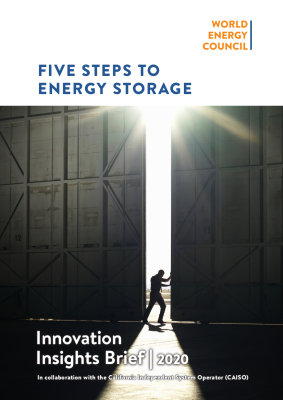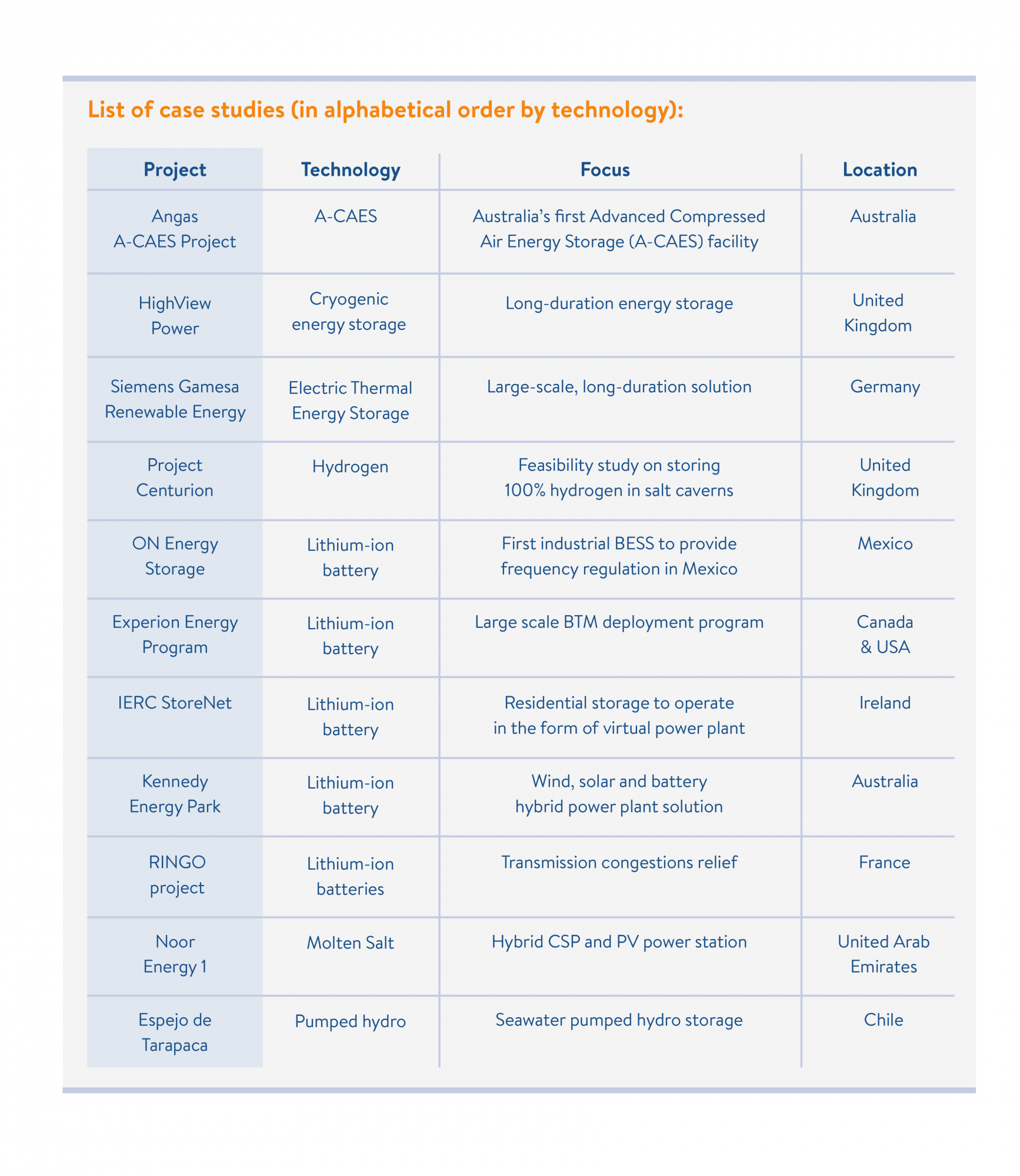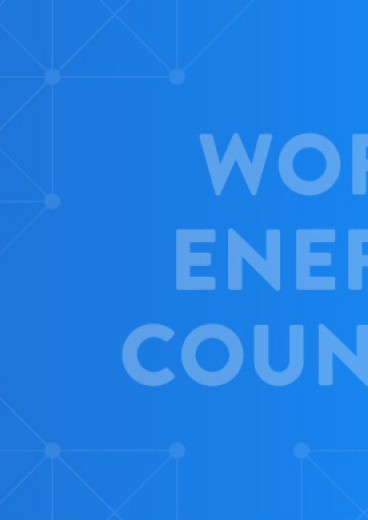Innovation Insights Brief - Five Steps to Energy Storage
Downloads

Full Innovation Insights Brief
Download PDFAs the global electricity systems are shaped by decentralisation, digitalisation and decarbonisation, the World Energy Council’s Innovation Insights Briefs explore the new frontiers in energy transitions and the challenges of keeping pace with fast moving developments. We use leadership interviews to map the state of play and case studies across the whole energy landscape and build a broader and deeper picture of new developments within and beyond the new energy technology value chain and business ecosystem.
With major decarbonisation efforts and the scaling up of renewable power generation, the widespread adoption of energy storage continues to be described as the key game changer for electricity systems. Affordable storage systems are a critical missing link between intermittent renewable power and a 24/7 reliability net-zero carbon scenario. Beyond solving this salient challenge, energy storage is being increasingly considered to meet other needs such as relieving congestion or smoothing out the variations in power that occur independently of renewable-energy generation. However, whilst there is plenty of visionary thinking, recent progress has focused on short-duration and battery-based energy storage for efficiency gains and ancillary services; there is limited progress in developing daily, weekly and even seasonal cost-effective solutions which are indispensable for a global reliance on intermittent renewable energy sources.
We interviewed energy leaders from 17 countries, exploring recent progress in terms of technology, business models and enabling policies. We showcase these in 10 case studies. Our research highlighted that today’s mainstream storage technologies are unlikely to be sufficient to meet future flexibility requirements resulting from further decentralisation and decarbonisation efforts. Furthermore, a restricted focus on lithium-ion batteries is putting the development of other cost-effective alternative technologies at risk.
We hosted two webinars to further expand on the Brief and to take questions as well. You can watch them below:
KEY TAKE-AWAYS
- 1 - SHARED ROADMAPS: Energy storage is a well-researched flexibility solution. However, while the benefits of energy storage are clear to the energy community, there has been limited bridge-building with policy-makers and regulators to explore the behavioural and policy changes necessary to encourage implementation.
- 2 - MARKET DESIGN - ACCESS & STACKING: Market access and the ability to stack different services simultaneously will enable cost-effective deployment of energy storage, regardless of the technology.
- 3 - MORE THAN BATTERIES: Energy storage is too often reduced to battery technologies. Future-proofing our energy systems means considering alternative solutions and ensuring technologies have equal market opportunities. Demonstration projects of such technologies are necessary to disprove bias towards specific technologies.
- 4 - SECTOR COUPLING: Energy storage presents a sector coupling opportunity between hard-to-abate sectors, such as mobility and industry and clean electricity. Different vectors of energy can be used, including heat, electricity and hydrogen.
- 5 - INVESTMENT: Relying on investments by adjacent sectors such as the automotive sector is not enough. The energy sector must adopt more aggressively technologies aligned with the end-goal: affordable clean energy for all.






